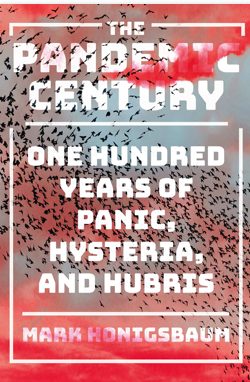With the recent news that the Eastern Equine Encephalitis (EEE) virus has been identified in Pennsylvania birds, has prompted me to get a few inquiries about this deadly mosquito-borne virus. (Here is a link to a television interview I did on the topic and a print interview is here). A recent summary published in STAT really provides a great primer for what you need to know about EEE and I have little to add to it. However, I wanted to emphasize several points.
EEE is a rare infection: Though headlines are announcing what sounds like a lot of EEE cases it is important to remember that it is rare. The average number of cases that occurs is about 7 and this clearly has seen an uptick with 28 cases in 7 states (there are no human cases in Pennsylvania this year — one did occur between 2009-2018) with 8 deaths. When it comes to mosquito borne infections, it is important to remember that West Nile is, by far, more common.
Not everyone who acquires the virus will have symptoms. In fact, only about 20% have a flu-like illness and of these, half will develop brain infection. If one develops encephalitis, the fatality rate can reach 33% and those that survive may be left with permanent disability. The mechanism of how EEE evades immune responses to get to the brain is fascinating and involves the silencing of host miRNAs. There is no human vaccine or antiviral treatment.
The virus is spread of mosquitoes that thrive in swampy areas and operates in a cycle between birds and mosquitoes. Eastern and Gulf coast states are where human cases are most commonly reported. Horses, for whom there is a vaccine for, can enter this cycle and become infected (the virus was first identified in horses in the 1930s). when other types of mosquitoes, which are less ornithophilic (e.g. Aedes, Culex, Coquillettidia) serve as “bridging vectors”. These mosquitoes can allow the virus to find its way to humans, swine, and other animals such as dogs.
In the absence of a vaccine, the best defense against this virus — like other mosquito-borne viruses — is to avoid mosquitoes, wear repellents, wear appropriate clothing, and remove mosquito breeding grounds from one’s property (e.g. standing water).
It is unclear, to me, what is behind the increased incidence this year. Some possibilities include: better detection/awareness, a change in the behavior of the virus causing more encephalitis cases, a change in the behavior of the vector or the bridging vector, or some other explanation. Understanding what is behind this rise will an important task (which the US Senate is interested in). Also, the heightened case burden may spur EEE vaccine development which, thus far, has been pursued virtually exclusively because of the potential for its use as a biological weapon.
The risk of EEE should trigger vigilance, not panic.





